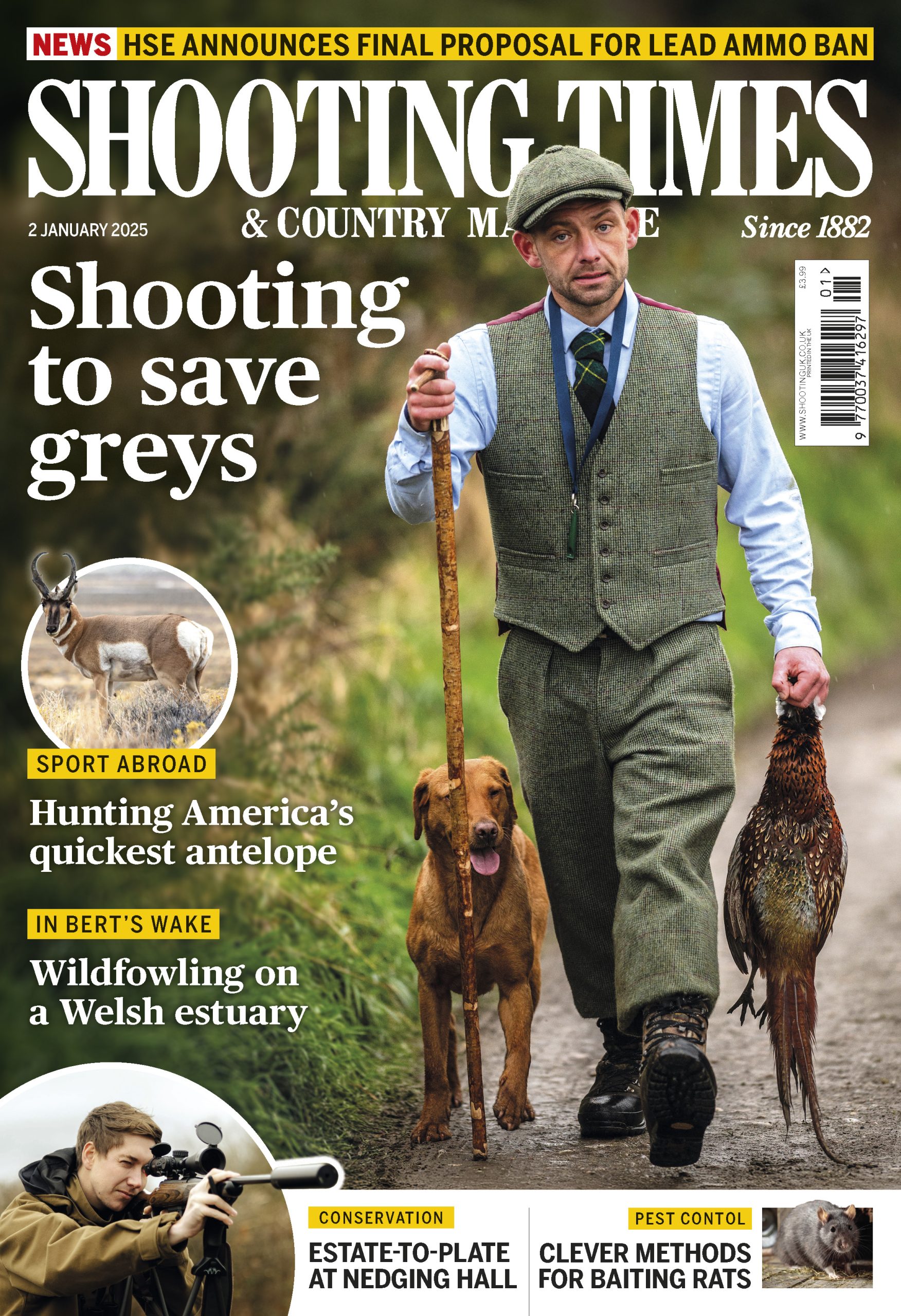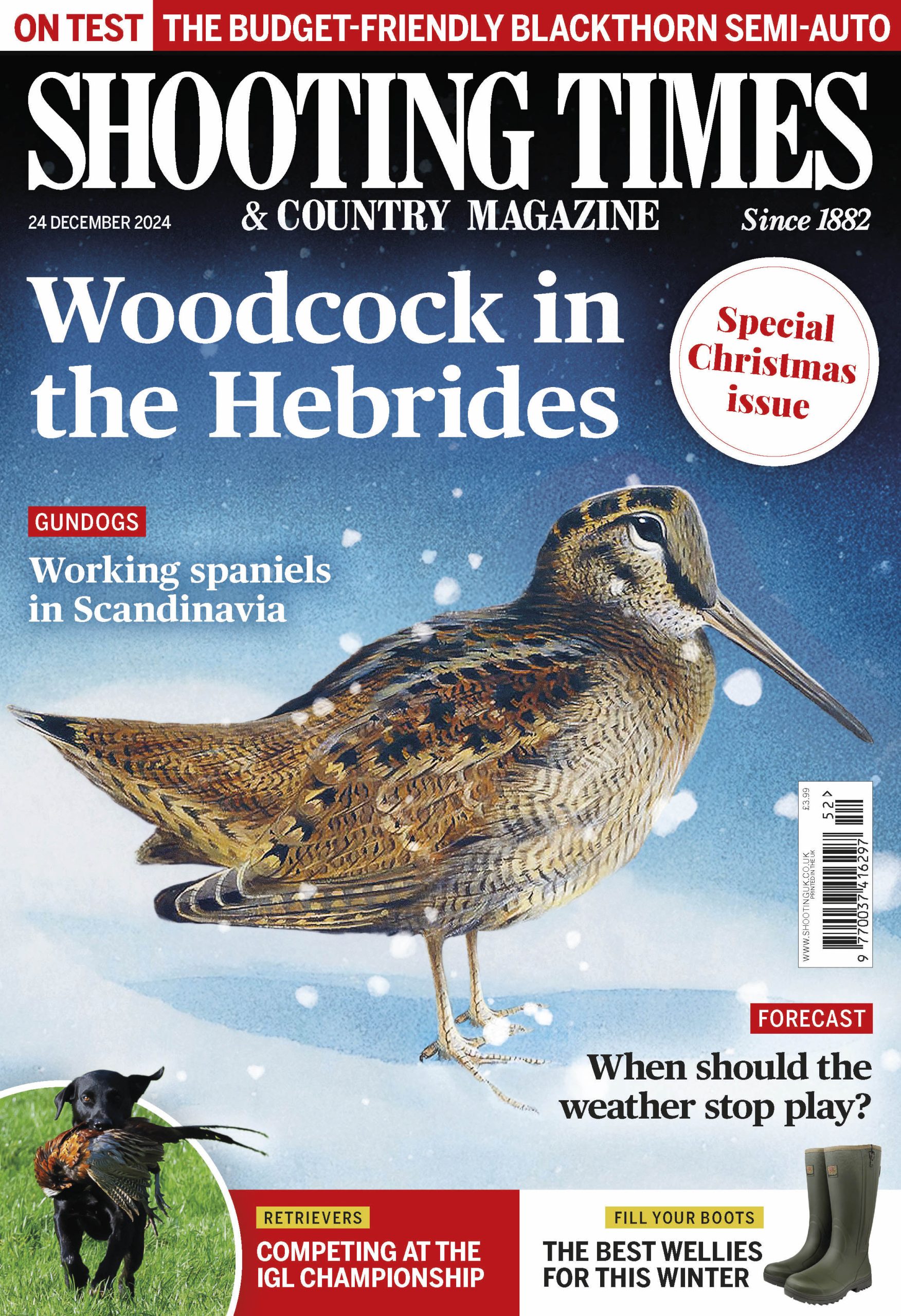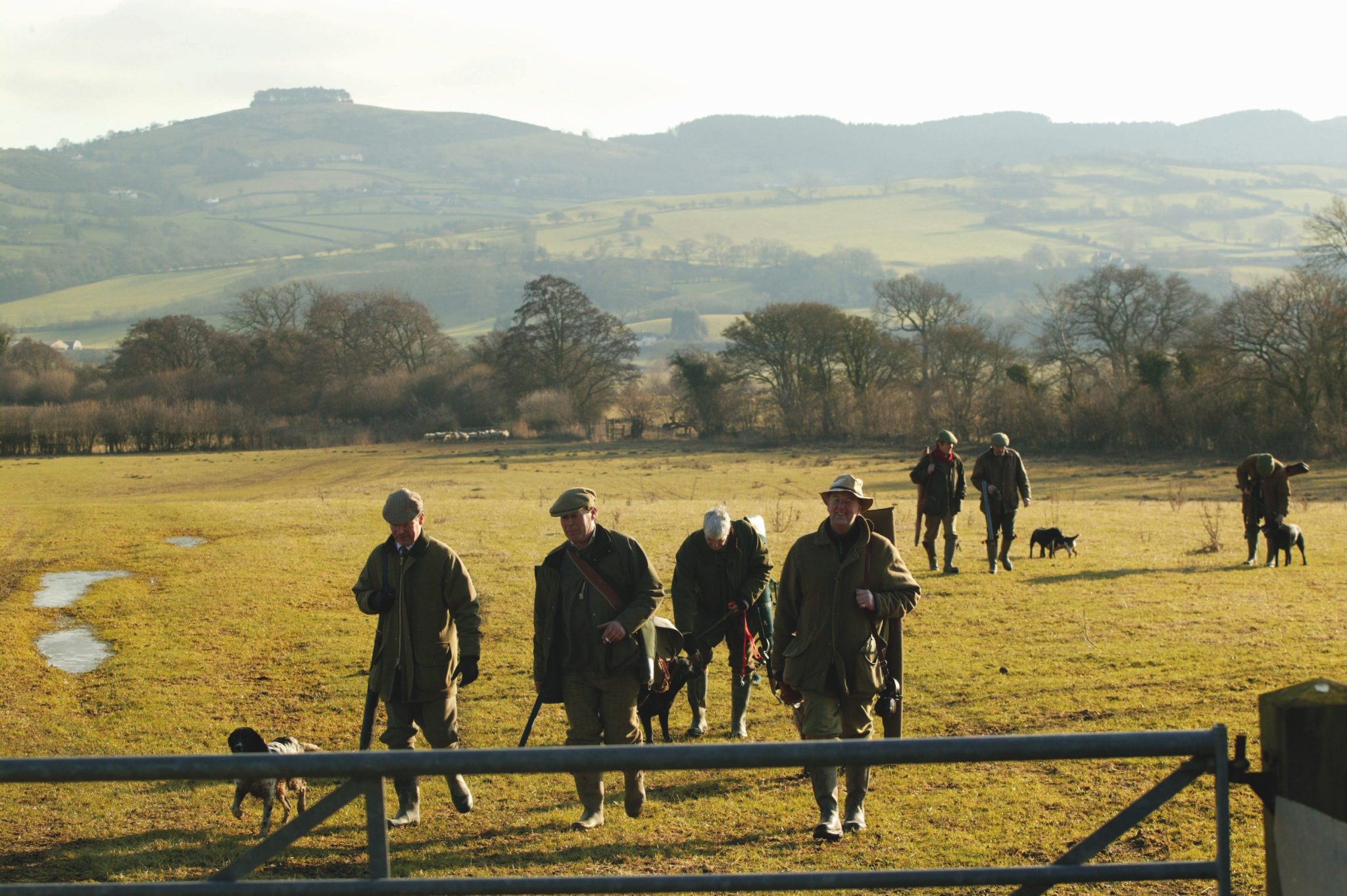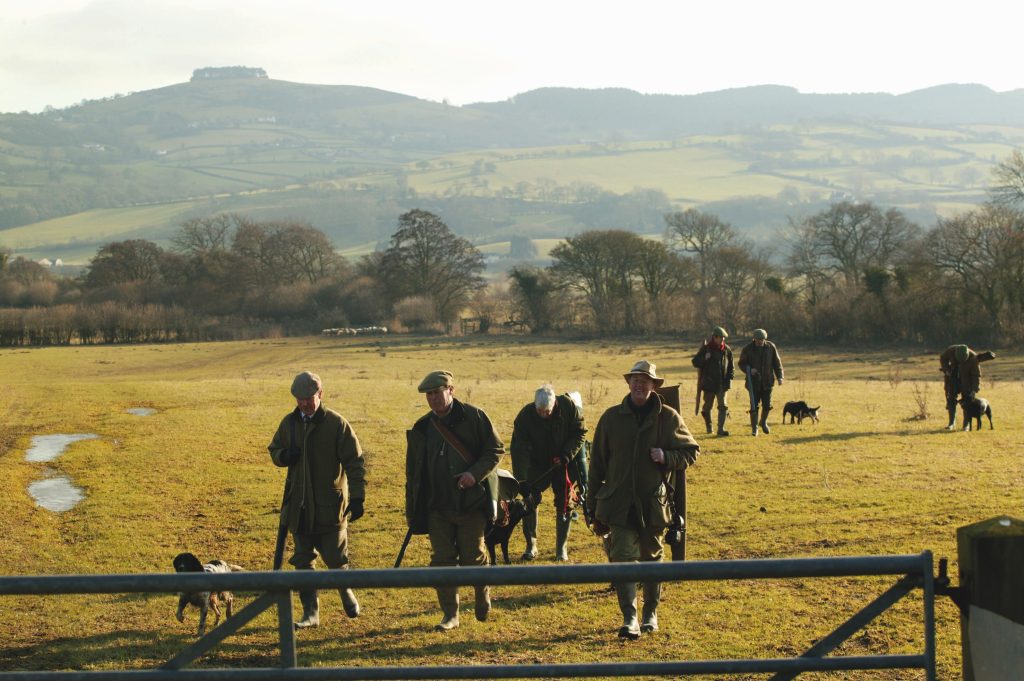Win CENS ProFlex DX5 earplugs worth £1,149 – enter here
Devastating effects of keepers downing tools
A 20-year experiment highlights the dramatic decline in our red-listed birds after predator control ends, proving the vital role of gamekeepers
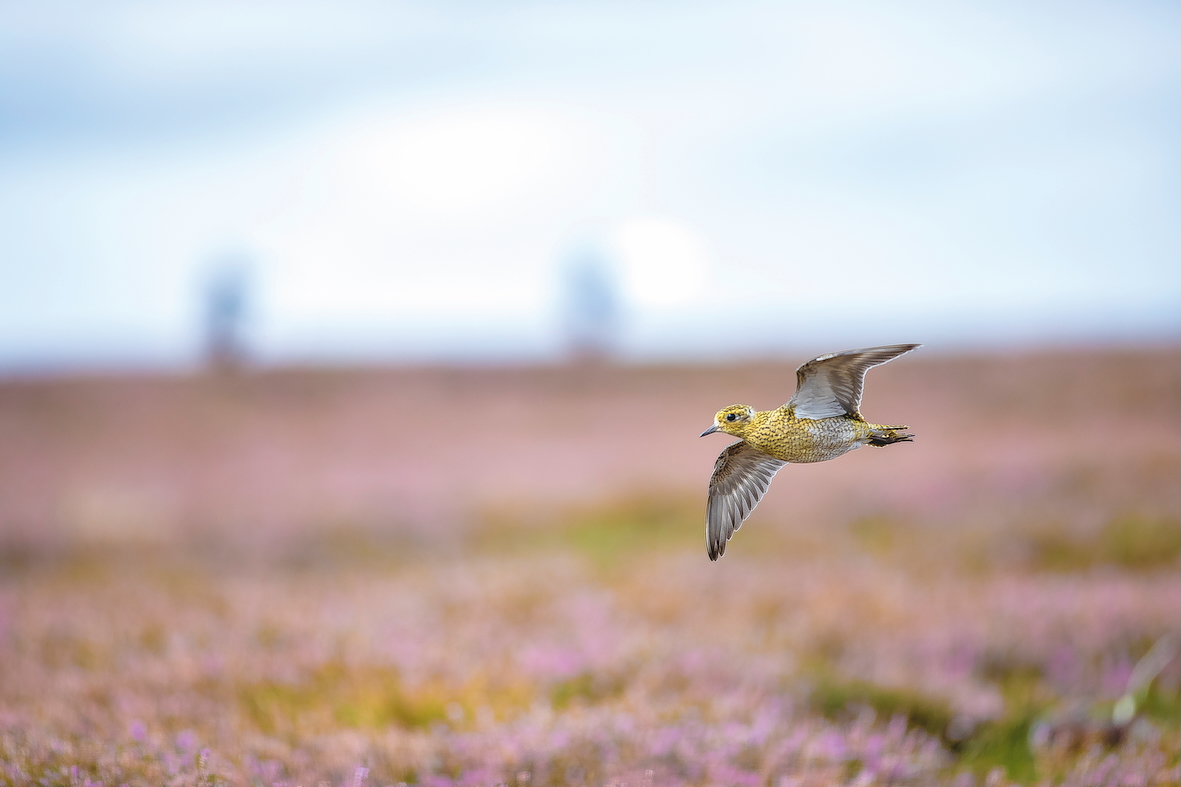
A 20-year study has provided clear evidence that managing predator numbers is essential for conserving Britain’s declining ground-nesting birds. Severe population drops were recorded when control measures stopped.
The Game & Wildlife Conservation Trust’s (GWCT) Upland Predation Experiment, conducted across 3,000 acres of moorland in North Northumberland, tracked bird numbers before, during, and after legal predator control was carried out. Species targeted included foxes and carrion crows.
Shocking declines after predator control stopped
When predator control ceased in 2008, the decline in bird populations was dramatic:
-
More than 80% of golden plover disappeared
-
76% of snipe and 74% of red grouse vanished
-
58% of lapwings were lost
-
24% of curlew declined
-
Black grouse and grey partridge became locally extinct
These sharp declines occurred despite the habitat remaining unchanged, pointing clearly to predation as the main driver – rather than habitat loss.
“When predators were managed, ground-nesting birds had three times better breeding success,” researchers found.
Predator numbers soared
After keepering ended:
-
Fox numbers rose by 78%
-
Carrion crow numbers increased by 127%
Britain now has some of the highest predator densities in Europe.
Dr Andrew Hoodless, GWCT’s research director, said:
“The declines occurred in spite of the fact that habitat remained the same… Without lethal control of predators at landscape scales, we will see continued rapid declines and local extinctions.”
Grouse moors as conservation tools
Earlier GWCT studies show that managed grouse moors provide refuge and successful breeding grounds for threatened species:
-
Curlew raise 4x more chicks on managed land
-
96% of remaining black grouse live near grouse moors with ongoing predator control
Ignoring the science
Lindsay Waddell, former chairman of the National Gamekeepers’ Organisation, shared his frustration:
“The most irritating thing about this whole debate is that no matter how robust the science is, those who do not believe in controlling some species to save others will simply ignore it.”
He cited the Langholm Moor Demonstration Project, where ending land management caused declines not only in waders and grouse, but also nesting hen harriers – despite legal protection.
A warning for the future
Dr Hoodless added:
“If we fail to acknowledge the threat and to invest in effective solutions, we risk denying generations to come the magical experiences of the curlew’s cry, a black grouse lek or a wing of golden plover skimming over heather moorland.”
This long-term study provides robust scientific evidence supporting the shooting and gamekeeping community’s position that responsible predator control can significantly benefit wildlife conservation.
Did you enjoy this article? Read more Shooting Times news here.
Related Articles
Get the latest news delivered direct to your door
Subscribe to Shooting Times & Country
Discover the ultimate companion for field sports enthusiasts with Shooting Times & Country Magazine, the UK’s leading weekly publication that has been at the forefront of shooting culture since 1882. Subscribers gain access to expert tips, comprehensive gear reviews, seasonal advice and a vibrant community of like-minded shooters.
Save on shop price when you subscribe with weekly issues featuring in-depth articles on gundog training, exclusive member offers and access to the digital back issue library. A Shooting Times & Country subscription is more than a magazine, don’t just read about the countryside; immerse yourself in its most authoritative and engaging publication.
